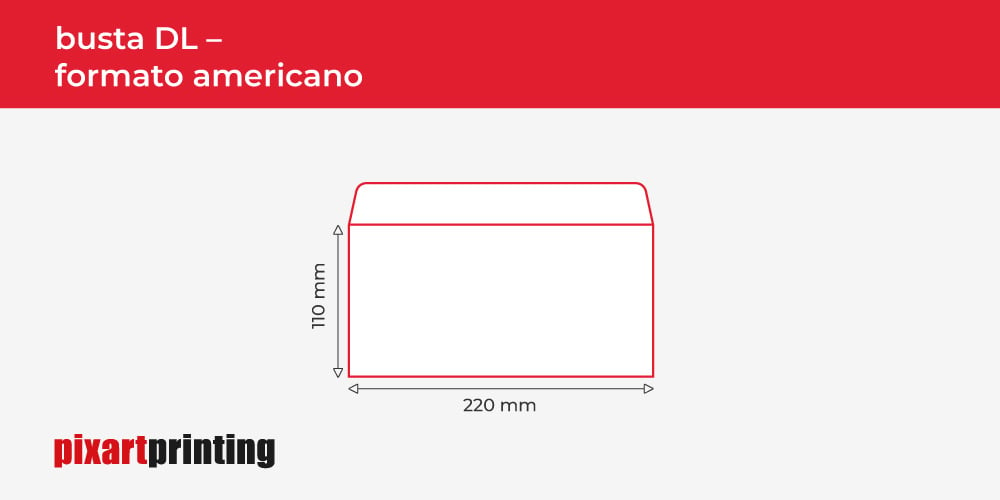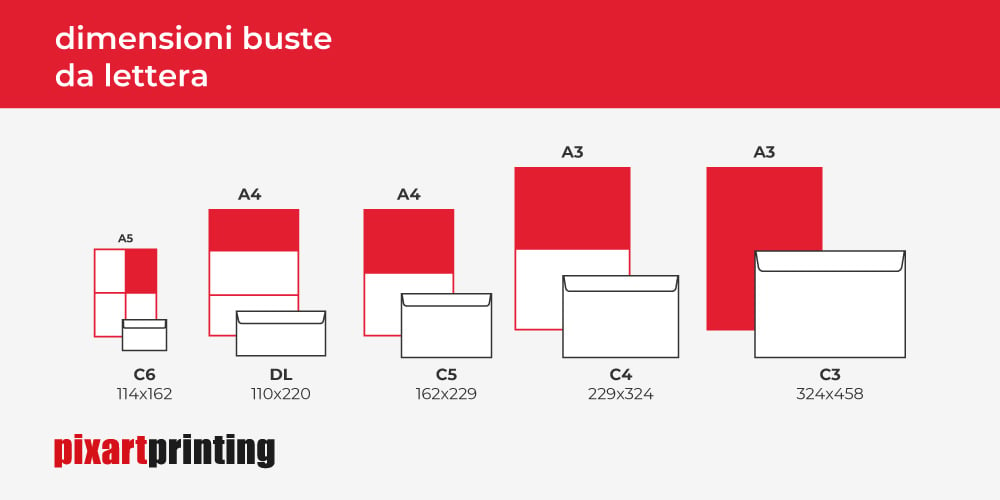Selecting the Right Envelope Size for Mailing Letters
Determining the appropriate size for a mailing envelope is a key step for anyone needing to send a letter.

Common inquiries when mailing a letter include:
- What are the dimensions of a letter envelope?
- What variety of sizes do letter envelopes come in?
This article aims to clarify these points to help you choose the most suitable letter envelope.

Standard Letter Envelope Sizes in the Market
The most widely used letter envelope size is the DL (also known as the American size), measuring 11 x 22 centimeters. This size, often used in business communication, is designed to fit an A4 sheet folded into three equal parts, also referred to as the C6/5 format.

Variations Beyond the Standard American Envelope
While the DL size is popular, there are other envelope sizes available, each tailored to fit different paper sizes and quantities.

- DL: Accommodates an A4 sheet folded into thirds.
- C3 (32.4 x 45.8 cm): Suitable for mailing books.
- C4 (22.9 x 32.4 cm): Can hold an entire A4 sheet without folding, ideal for 15 to 50 unfolded A4 sheets.
- C5 (16.2 x 22.9 cm): Fits an A5 sheet or an A4 sheet folded in half, perfect for lengthy documents or small magazines.
- C6 (11.4 x 16.23 cm): Designed for an A6 or a quarter-folded A4 sheet, great for small items like USB flash drives.
- C7 (8.3 x 11.2 cm): Ideal for an A7 sheet or small greeting cards.

Comparison of Standard Letter Envelope Sizes and Their Capacities
ISO 269: International Standard for Envelope Sizes
Similar to paper sizes, envelope sizes are standardized globally under ISO 269. This ensures that envelope dimensions are universally recognized and utilized, facilitating international postal service coordination.
Below is a summary of common letter envelope sizes as per ISO 269:
| SIZE | DIMENSIONS (CM) | CONTENT FORMAT |
|---|---|---|
| | | |
| DL | 110 X 120 | 1/3 A4 |
| C7/C6 | 81 X 162 | 1/3 A5 |
| C6 | 114 X 162 | A6 (O A4 piegato due volte a metà) |
| C6/C5 | 114 X 229 | 1/3 A4 |
| C5 | 162 X 229 | A5 (o A4 piegato a metà) |
| C4 | 229 X 324 | A4 |
| C3 | 324 X 458 | A3 |
| B6 | 125 X 176 | C6 |
| B5 | 176 X 250 | C5 |
| B4 | 250 X 353 | C4 |
| E3 | 280 X 400 | B4 |
This guide aims to simplify the process of selecting the right envelope for your mailing needs, ensuring your documents are properly contained and presented.
Special Envelope Formats
Within the arena of customized envelopes, Pixartprinting presents an extensive selection, each designed with unique technical qualities and intended for various usage scenarios. Some key examples include:
- Commercial Envelopes: Tailored for impactful business communication, these come in several sizes and may include a window feature for added functionality.
- Sack Envelopes: Ideal for dispatching bulkier documents, they provide a secure and convenient means for transporting informational content.
- Full-Surface Envelopes: Boasting a completely customizable exterior, they serve perfectly for marketing initiatives or exclusive gatherings, ensuring a significant visual appeal.
- Embellished Envelopes: Distinguished by raised patterns or metallic coatings, these envelopes introduce an element of refinement and sophistication to professional messaging.
- Easy-Use Envelopes: A pragmatic solution for those seeking effortlessly preparable and dispatchable envelopes, suited for rapid mailing tasks.
- Tyvek® Envelopes: A cutting-edge, durable, and resistant material that’s ideal for sending valuable or delicate items requiring added safeguarding.
- Invitation Envelopes: Specially crafted for events, offering customization features that render them an essential component for creating an unforgettable initial impression.
- Cardboard Envelopes: Their robust construction is ideal for mailing significant documents or petite objects, ensuring their protection during transit.
- Plastic Envelopes: Perfect for delivering items that need water resistance and durability, appropriate for lengthy travels or challenging weather conditions.
- Colored Shipping Envelopes: Providing a burst of color to captivate and distinguish, these envelopes are optimal for marketing dispatches or unique parcels.
Each envelope variant is purpose-built to cater to a variety of needs, ranging from straightforward business mail to the distribution of marketing materials, precious documents, or items. Consequently, the selection of an envelope’s format and material hinges on its intended application and the visual effect desired.
Envelope Closure Types
Envelope closures come in several varieties, each tailored to meet particular needs for security, convenience, or aesthetics:
- Wet Seal: This classic method involves moistening a glue strip to secure the envelope, commonly used for formal or business correspondence.
- Self-Adhesive Closure: Equipped with an adhesive strip shielded by a peel-away liner, this type offers a swift and hassle-free sealing process, making it suitable for regular use.
- Silicone Closure: Features two silicone-coated strips that bond upon removing their protective layers. This closure is both secure and can be resealed, adding to its versatility.
- Button and Buttonhole Closure: Employs a button and a loop to fasten the envelope, lending an elegant and traditional flair. It’s often chosen for invitations or critical documents.
- String Closure: Utilizes a string wound around two cardboard disks to seal the envelope, offering both a secure closure and a touch of nostalgia.
Each closure type brings its set of benefits, with certain options providing enhanced security or simplicity, varying according to the sender’s specific requirements for mailing or presentation.
